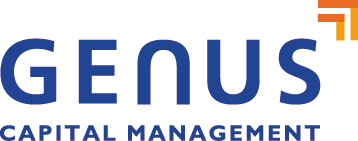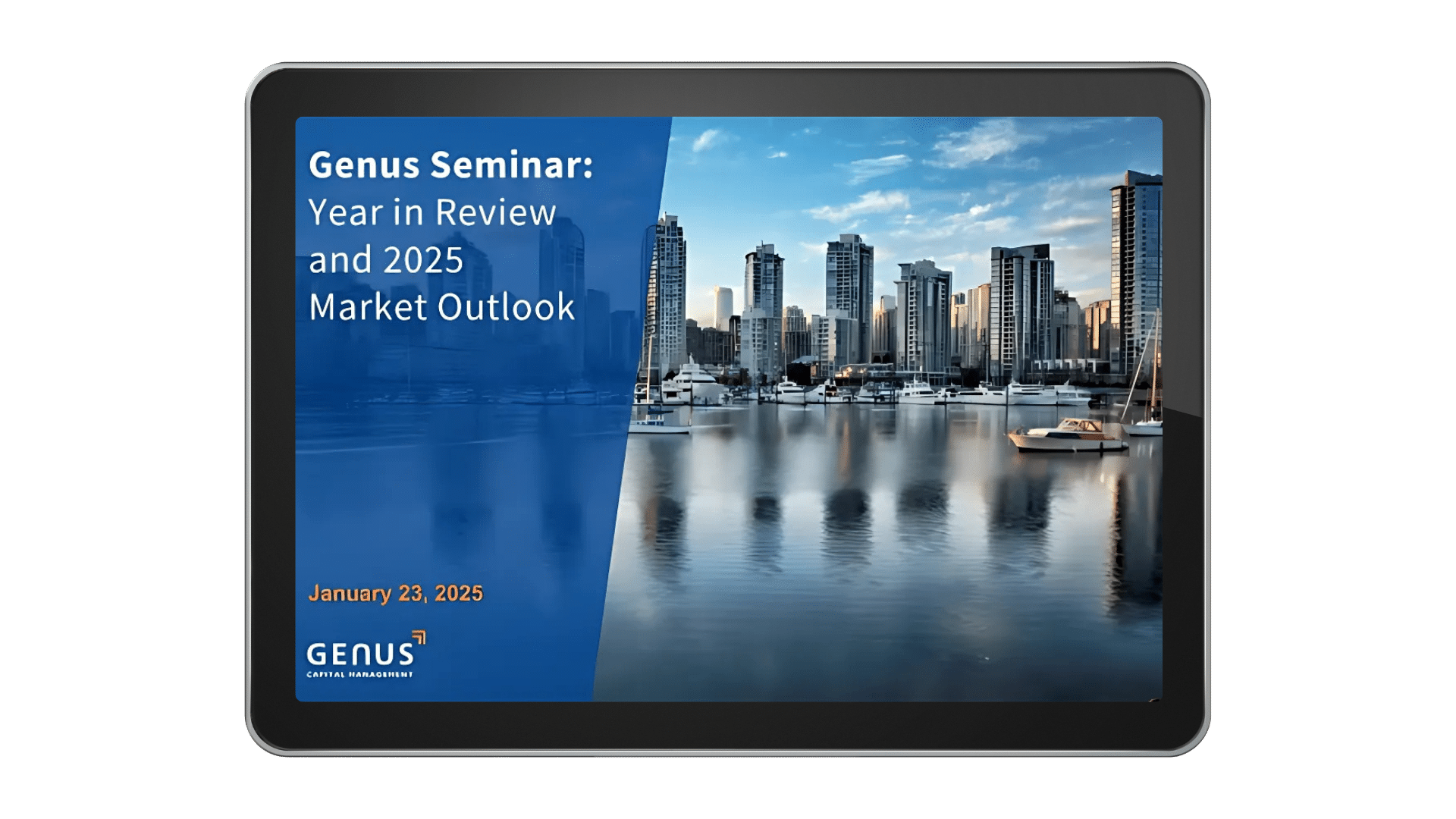They say “you can’t improve what you cannot measure” and in the business world, it’s a common refrain¹. Simply put, a company needs to have a system in place to show how its actions are achieving results.
Among wealth managers, performance measurement is equally important. We need to show how the choices we make are having a positive impact for our investors. This is especially true in the world of impact investing, where we are not just integrating Environmental, Social or Governance (ESG) factors into our strategies — but also seeking specific positive benefits from our investments.
Impact investors, perhaps more than most investors, want proof that their money is making a difference (as well as producing a good return).
So how can we deliver that proof at a time when no standard impact measurement tools yet exist?
Raising the investing bar on impact measurement
Here are Genus, we began building a methodology for measuring impact almost four years ago, and made public our Net Impact Scoreᵀᴹ in 2020. The purpose was to provide investors with a holistic perspective on their portfolio — and to ensure that our impact investing strategiesactually have a net-positive impact on the world.
There are many ways to calculate impact — though not one universally accepted standard.
To do that, we evaluate all of our investments according to the United Nations’ 17 Sustainable Development Goals (SDGs), which cover social goals (such as eradicating poverty) as well as environmental goals (such as improving access to clean water and energy). Companies that derive 100 percent of their revenue from products and services meeting one or more of those SDGs get a Net Impact Score of 100 percent; companies with most or all of their revenue from sources going against those goals (oil and gas, tobacco, factory farming) get a negative score. Add the positive and the negative scores together and you arrive at “net impact.”

Before 2020, there was a big investor focus on companies having a positive impact — but without much insight into the rest of the picture, says Mike Thiessen, Genus’s Chief Sustainability Officer. “We found that a lot of new clients were allocating five to 10 percent of their portfolio to impact, and the other 90 percent was everything else in the market: oil and gas, tobacco, gambling — you name it. These were investors who were passionate about the environment and social issues, but a lot of the companies in their portfolio weren’t aligned with that.”
Of course, one of the easiest ways to get alignment and achieve a net-positive impact is to exclude certain types of investments. And we do that with our fossil-free funds, which eliminate companies engaged in oil-and-gas extraction or distribution. “In Canada, about 30 to 35 percent of a given portfolio is going to be in the energy sector and extremely carbon intensive,” says Thiessen. “The most impact you can make is by divesting from the negative impact in your portfolio.”

But there are investors who shy away from divestment — who doubt that, simply by cutting out the “bad stuff,” you’re really changing the world. “A big part of us developing the Net Impact Score was designed to reveal the true impact of a portfolio,” says Thiessen. “Not just the impact of that 10 percent the investor really cares about.”
How Net Impact Score compares to other impact measurements
When we started exploring the idea of net impact four years ago, we already had a strong foundation upon which to build, says Thiessen. For several years in our High Impact FundTM, we had been using the percentage of revenue a company generates linked to the UN SDGs as a way of measuring positive impact. “So we thought, what if we flipped that and looked at the percentage of revenue taken away from a sustainable development goal to measure a company’s negative impact?”
Thiessen and his team started to look at various frameworks to make Net Impact work across portfolios. They found a data provider in the UK that was already generating the relevant data, and started working with them to tweak their process and customize data. What started as a report mostly for our institutional clients (particularly non-profit foundations with a social mission) has evolved into a report that each Genus client now receives — no matter their holdings — showing their own portfolio’s Net Impact Score.
There are many ways to calculate impact — though not one universally accepted standard. One of the most popular ways is qualitative analysis: essentially, trying to measure negative impact by looking at what a company is doing that is causing them material damage. Another is called the Impact Management Project² — again, a qualitative approach that measures impact based on a “change in outcome… relative to the relevant social or ecological threshold.”

Thiessen says there is a role for qualitative analysis in measuring impact, but it’s not scalable: “We do it with our private investments — but with our public investments, we’re looking at about 1,800 companies.” Having a system like the Net Impact Score allows Genus to eliminate some of the subjectivity that’s the hallmark of qualitative analysis. “Some of our competitors use different analysts for different companies,” he notes. “It’s hard to compare companies when you don’t know if they’re being measured in the same way.”
It may be true that not everything that can be measured ultimately matters³. But in the increasingly noisy world of impact investing, it’s important for investors to be able to separate the wheat from the chaff. By having a scalable and objective way of showing how a client’s money is achieving a net-positive impact on our world, wealth managers can instill confidence in this growing and important field.
Interested in learning more about your portfolio’s Net Impact? Contact a Genus advisor today.
References
- Council, Y.E. (2023) Council Post: You Are What You Measure, Forbes. Available at: https://www.forbes.com/sites/theyec/2018/12/04/you-are-what-you-measure/?sh=71a9e3ab2075 (Accessed: 19 September 2023).
- Impact Management Project (2022) The IMPACT Programme. Available at: https://www.theimpactprogramme.org.uk/portfolio/impact-management-project/#:~:text=The%20Impact%20Management%20Project%20(IMP,a%20company%20and%20its%20stakeholders. (Accessed: 19 September 2023).
- Buerkli, D. (2019) ‘What gets measured gets managed’ - it’s wrong and Drucker never said it, Medium. Available at: https://medium.com/centre-for-public-impact/what-gets-measured-gets-managed-its-wrong-and-drucker-never-said-it-fe95886d3df6 (Accessed: 19 September 2023).











